10 recommendations for cooking pasta
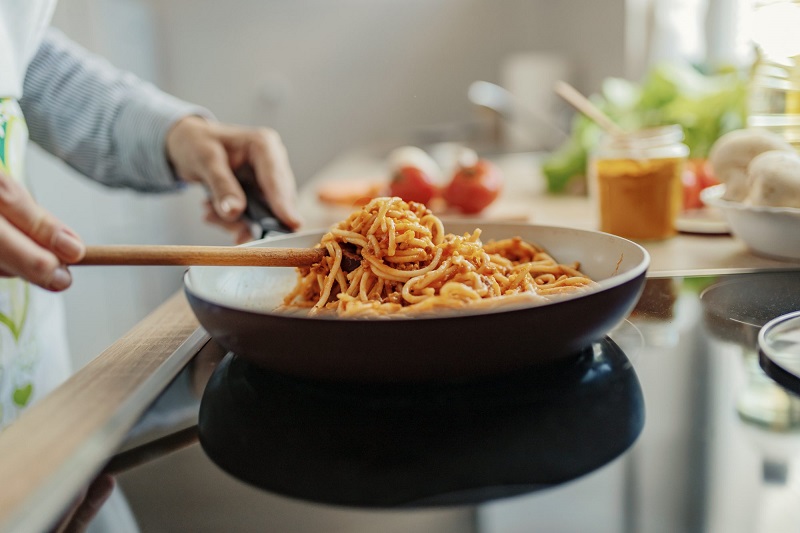
Cooking pasta is a pleasant task that can be improved by following these ten recommendations that we present in this article.
10 Recommendations for cooking pasta
1. Start by choosing the sauce
Although it may seem to us that we are starting at the end, a good pasta dish always starts with the sauce. As we will see later, there are suitable combinations of sauces and pasta. So before putting the pot on the fire, it is important to choose the recipe that we want to cook and choose the right form of pasta.
2. Tall and large bowl
To cook the pasta we need a large pot with high edges. Even if we only want to make a serving, we don’t have to keep the smallest saucepan in the kitchen. The pasta needs plenty of water and enough space to be able to move freely and thus avoid sticking between it.
Keep reading: How to reheat smoked turkey
3. Only two ingredients
In the pot to cook the pasta only two ingredients are necessary: water and salt. It seems simple but it is enough.
As we have seen, the amount of water has to be abundant. As a general rule, we can calculate 1 liter of water for every 100 grams of pasta – which would be the equivalent of the approximate ration for a person.
We also add a teaspoon of salt for about 500 grams of pasta. If we are going to prepare a recipe with very salty ingredients such as sardines, amatriciana sauce or pecorino cheese, we will be a little more cautious with the salt when boiling the pasta.
4. Neither oils nor butter
It may seem that we repeat ourselves, but nothing happens to insist on this point since it is one of the most common mistakes. No need to add oil or butter to the pasta cooking water.
It is a popular belief that in this way we prevent it from sticking to us. On the contrary, we will only make the pasta slippery and then it won’t mix well with the sauce. If we use a large enough pot and with plenty of water the pasta will not stick.
5. Cooking time
A good plate of pasta has to be al dente: tender on the outside and a little harder in the center.
Once we have added the pasta in the pot, leave the heat to boil until it boils again. Then we stir once and lower over medium heat. It is good that the pasta moves inside the pot but it does not need to spurt out.
Normally the recommended time will be indicated on the pasta packages. Generally between 8 and 12 minutes depending on the type of pasta and its thickness. It is important to respect it because otherwise it will be too cooked. We can even say that the point al dente is always the lowest time, that is, about 8 minutes.
6. Strain and reserve
Once the pasta is cooked, it is best to remove it from the pot with a spiked ladle or slotted spoon. And pour it directly into the container where we will have cooked or heated the sauce.
We can also drain it in a strainer, reserving a little of the cooking water. It will serve to add it to the sauce a little later. By containing part of the starch that the pasta had, it will give a shiny finish to the dish and will serve to thicken the sauce a little.
It is not necessary to rinse the pasta with cold water, nor if we want to make a pasta salad. Keeping warm will better absorb the flavors of the sauce.
7. The sauce before the pasta
Although we have started with the recommendations for cooking pasta, a good pasta dish should start with cooking the sauce. For this, we must choose a very large casserole or paella, where the sauce fits and there is enough space to add the pasta at the end.
So you can serve everything together and not in a bowl with the pasta and sauce on top as if it were a topping .
8. Finish cooking with the sauce
Once the pasta is cooked, pour it into the saucepan over medium or low heat. So we just gave a last touch of cooking with all the ingredients together and heat the dish. All the flavors will be perfectly amalgamated and all the pasta impregnated with sauce.
If it is dry we add little by little the water that we have reserved from cooking.
9. The perfect combination: each pasta with its sauce
Although it may seem incredible, not all sauces work well for any pasta. And this in Italy is very clear to them. Did you know that spaghetti bolognese is not cooked there?
Some types of pasta combine better with certain sauces. As a general rule we can say that:
With the short pasta types (macaroni, bows, spirals or rigatoni ) it is better to choose thick and thick textured sauces such as cheese, vegetable or bolognese sauces. Since some of them have concavities and different shapes, the sauce is very well impregnated.
For spaghetti or linguines (long thin pasta) the best accompaniment is a light sauce such as a tomato sauce, pesto or oil, and garlic. On the other hand, long and wide pasta accepts sauces such as carbonara, with a little more texture.
10. The final touch, a good cheese
When we have the pasta on your plate we end up grating a little cheese on top. The most widely used are those of hard pasta such as Parmesan or Romano pecorino.
You may also like to read- https://dojigger.co.uk
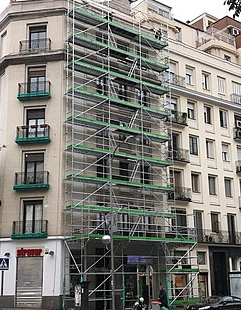









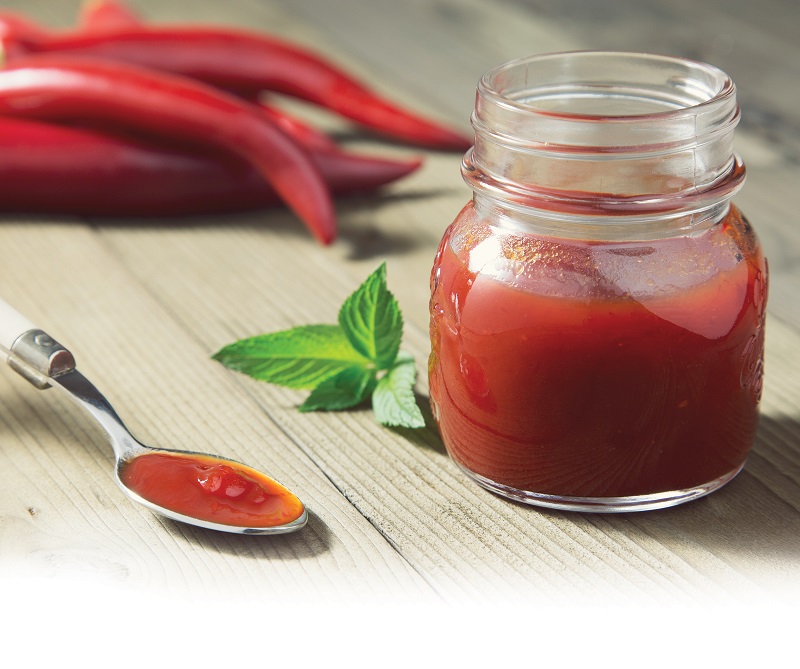


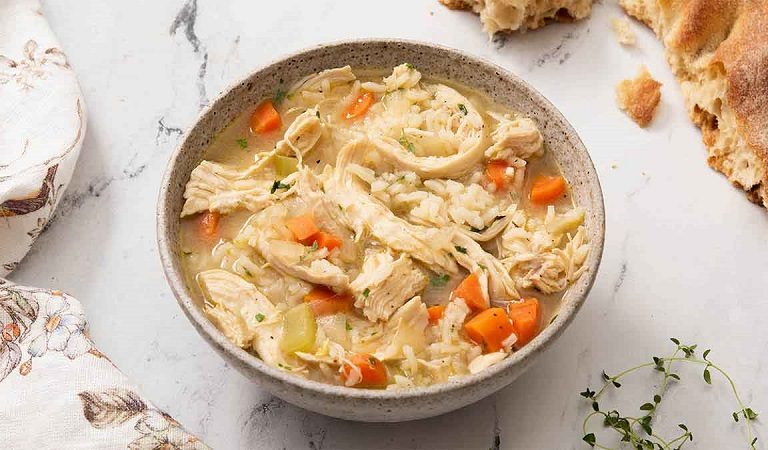


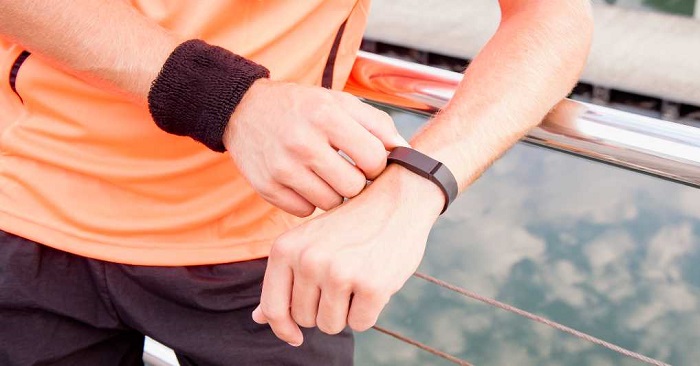

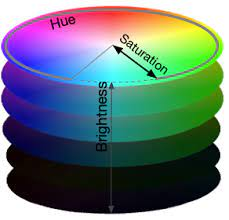




+ There are no comments
Add yours